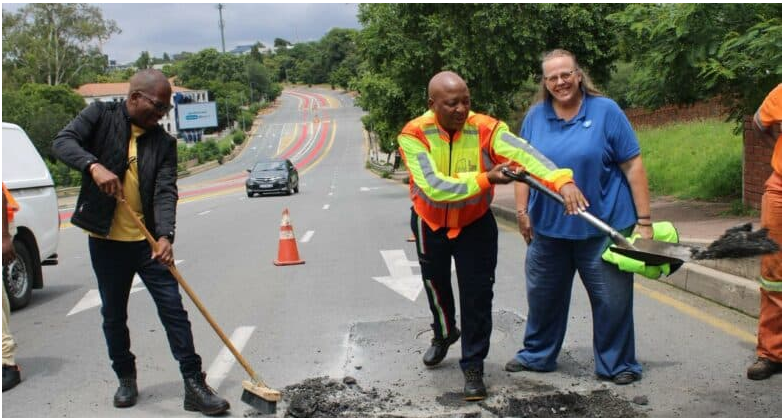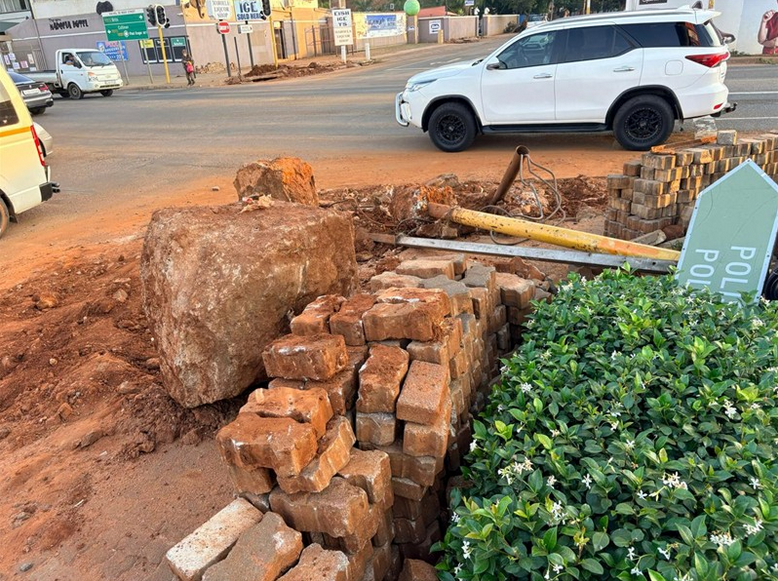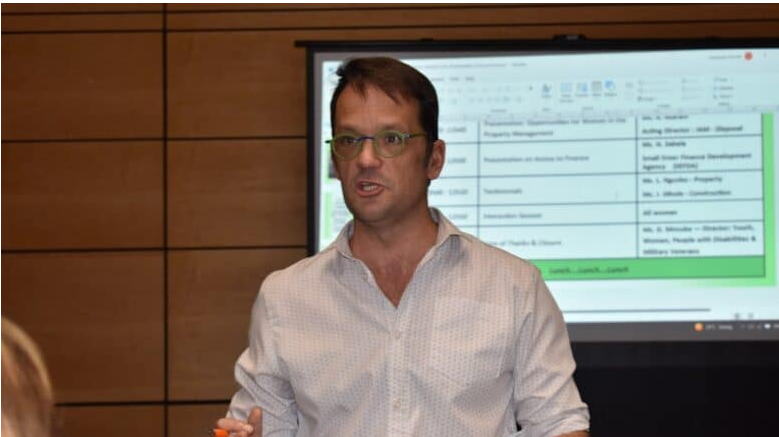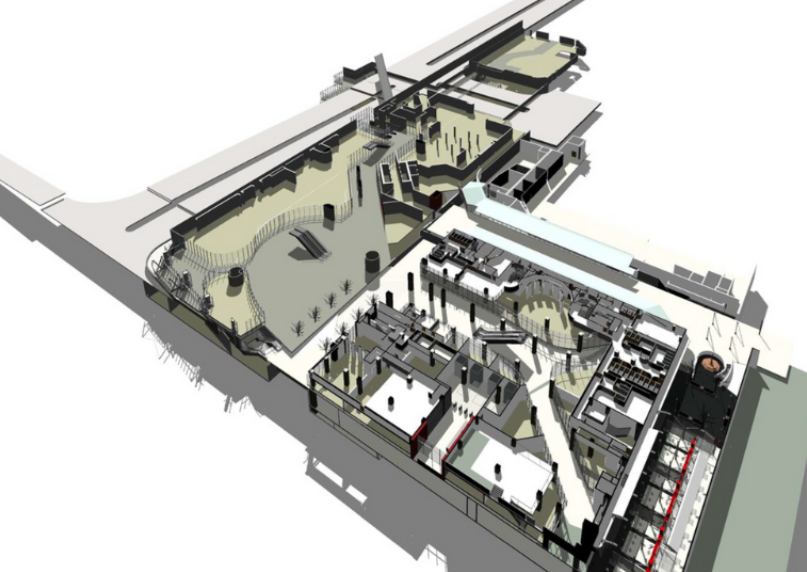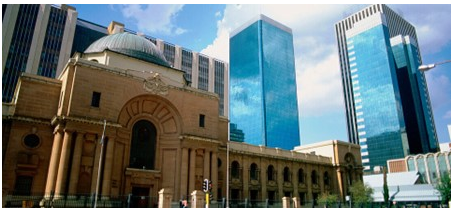R100bn of mining investment snarled up

Advertising
10-05-2022
Read : 335 times
The Herald
Source
Companies in sector have R30bn of capital projects waiting for regulatory approval, minerals council says
SA could unlock almost R100bn of investment by the mining industry if it cleared the red tape holding back the new mining and renewable energy projects the industry has planned.
Minerals Council SA estimates the companies in the sector have R30bn of capital projects waiting for regulatory approvals, with a backlog of 4,500 outstanding mining and prospecting licences at the department of mineral resources and energy that is preventing them from going ahead.
In addition, Minerals Council SA CEO Roger Baxter said mining companies had now committed to 4GW renewable energy projects worth R65bn in new investment.
The government opened the way to these projects when it announced the licence-fee exemption up to 100MW.
However, it takes 18 months to get the environmental and other approvals required to get projects registered and ready to go.
The council is working with the government to try to fast-track the process.
Baxter was briefing journalists in Cape Town yesterday morning at the start of the Investing in African Mining Indaba.
The traditional annual gathering of the industry, happening in person for the first time since February 2020, was expected to attract more than 3,500 delegates, including heads of state and senior officials, along with foreign and local investors and mining company CEOs and executives.
SA has plummeted to the bottom 10 rankings on the latest Fraser Institute survey, which measures 84 jurisdictions on their attractiveness as destinations for mining investment.
Baxter said, however, that the Minerals Council had established that no SA mining companies had been surveyed by the Fraser Institute, which sends questionnaires to 7,000 companies globally.
These are primarily exploration companies, however, and SA has few of these.
Baxter said SA’s ranking was unfair, but his view is that SA’s ranking would still be in
the bottom half of the index, given the regulatory and infrastructural barriers to investment in SA mining.
The Minerals Council has set up a joint task team with the government that is working to address SA’s low rankings on the metrics the Fraser Institute measures as well as ways to improve the survey’s SA data.
Mineral resources and energy minister Gwede Mantashe criticised the report saying it provided “results that are confusing”, such as rating SA among the best for the availability of labour, but at the bottom for investment attractiveness. These “confusing results”, he said, were the result of not conducting proper research into mining conditions in African countries.
Speaking at the event yesterday, Mantashe said the authors interviewed executives in other jurisdictions such as North America and Australia, but conducted only a “desktop survey” of mining countries in Africa.
“When international institutions assess our areas [in Africa], they must talk to our executives and not base their findings on desktop studies,”
Mantashe said.
The minister did concede, however, that SA had to “work hard to improve internal factors” such as the processing of exploration right applications.
The mining industry has come to SA’s economic rescue over the past two years thanks to the global commodities boom that has boosted the industry’s contribution to exports and to tax revenues.
Though SA has benefited from the price boost, and the industry is one of the few to record an increase in employment, mining output is still slightly below pre-Covid levels and investment in mining has stagnated for most of the past decade.
The start of the indaba was delayed yesterday morning with delegates not allowed into the Cape Town International Convention Centre, reportedly because it was still being “swept” for security reasons well after Mantashe was due to speak at 9am.
Mining accounts for about 8.6% of SA’s GDP and employs 458,000 people, according to the Minerals Council SA’s latest Facts and Figures document published yesterday.
Recent News
Here are recent news articles from the Building and Construction Industry.
Have you signed up for your free copy yet?
